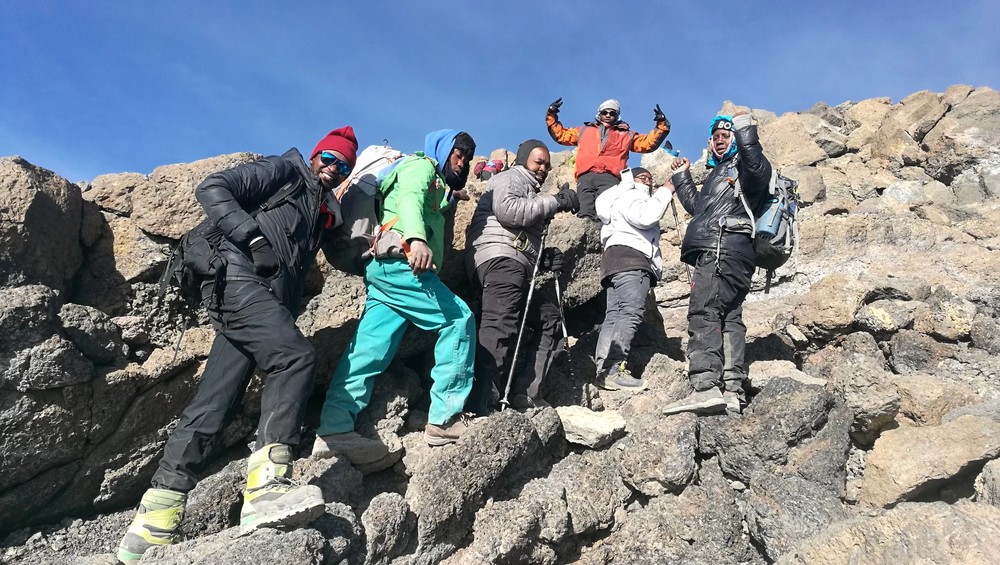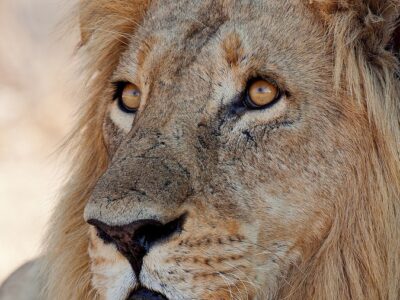Climbing Mount Kilimanjaro is a physically demanding and challenging endeavor that requires proper physical preparation. It is essential to train and condition your body to ensure that you are physically fit and capable of tackling the rigorous demands of the climb. In this blog, we will provide tips and advice on how to achieve physical fitness for Mount Kilimanjaro. From developing a training plan and establishing a healthy diet, to building endurance and strength, we will cover all the key components of physical preparation for this iconic mountain. Whether you are a seasoned climber or a novice, these tips will help you get in the best possible shape for your Mount Kilimanjaro adventure. So, let’s begin!
Top 7 Tips for Achieving Physical Fitness for Mount Kilimanjaro Trek
- Start training early: Begin your physical training as early as possible to give yourself enough time to build up your strength, endurance, and overall fitness. It is generally recommended to start training at least 3-6 months before your planned climb, but even more time is better if you can manage it.
- Establish a training plan: Develop a structured training plan that includes a combination of cardiovascular exercises, strength training, and flexibility work. Aim to train at least 3-4 times per week, gradually increasing the intensity and duration of your workouts as you get closer to your climb.
- Build endurance: One of the most important aspects of physical preparation for Mount Kilimanjaro is building endurance. This can be done through activities such as running, cycling, swimming, or any other form of cardio that gets your heart rate up. It’s also important to incorporate hill training and stair climbing into your training to simulate the ascent of the mountain.
- Strengthen your legs: Strong leg muscles are essential for tackling the steep inclines of Mount Kilimanjaro. Incorporate exercises such as squats, lunges, and leg press into your training to build strength in your quadriceps, hamstrings, and glutes.
- Practice carrying a backpack: It’s important to get used to carrying a backpack, as you will be carrying all of your gear and supplies during the climb. Practice hiking with a weighted backpack to get your body accustomed to the added weight and strain on your muscles.
- Pay attention to your diet: A healthy diet is crucial for maintaining physical fitness and proper fuel for your body during the climb. Focus on eating a balanced diet that includes plenty of protein, complex carbohydrates, and healthy fats to support your training and recovery.
- Stay hydrated: Proper hydration is essential for maintaining physical fitness, especially during the climb. Make sure to drink plenty of water before, during, and after your training sessions and be sure to bring a water bottle with you on your hikes.
By following these tips and integrating them into your physical training, you will be well on your way to achieving the necessary physical fitness for a successful climb up Mount Kilimanjaro.
In conclusion, preparing physically for a climb up Mount Kilimanjaro is essential to ensure a successful and safe journey to the summit. By following a structured training plan, building endurance and strength, paying attention to your diet, and staying hydrated, you can maximize your physical fitness and increase your chances of success on the mountain.
Additionally, it is a good idea to evaluate the emergency services offered by your tour operator, including medical evacuation and access to qualified medical professionals, in addition to purchasing travel insurance. These services can provide extra protection and peace of mind during your trekking. For example, Shrike is a tour operator that offers such services, including partnering with the Flying Doctors, who are physicians that provide medical care and transportation via aircraft in East Africa. Proper physical preparation and access to reliable emergency services can help ensure a smooth and enjoyable climb up Mount Kilimanjaro.







Comments